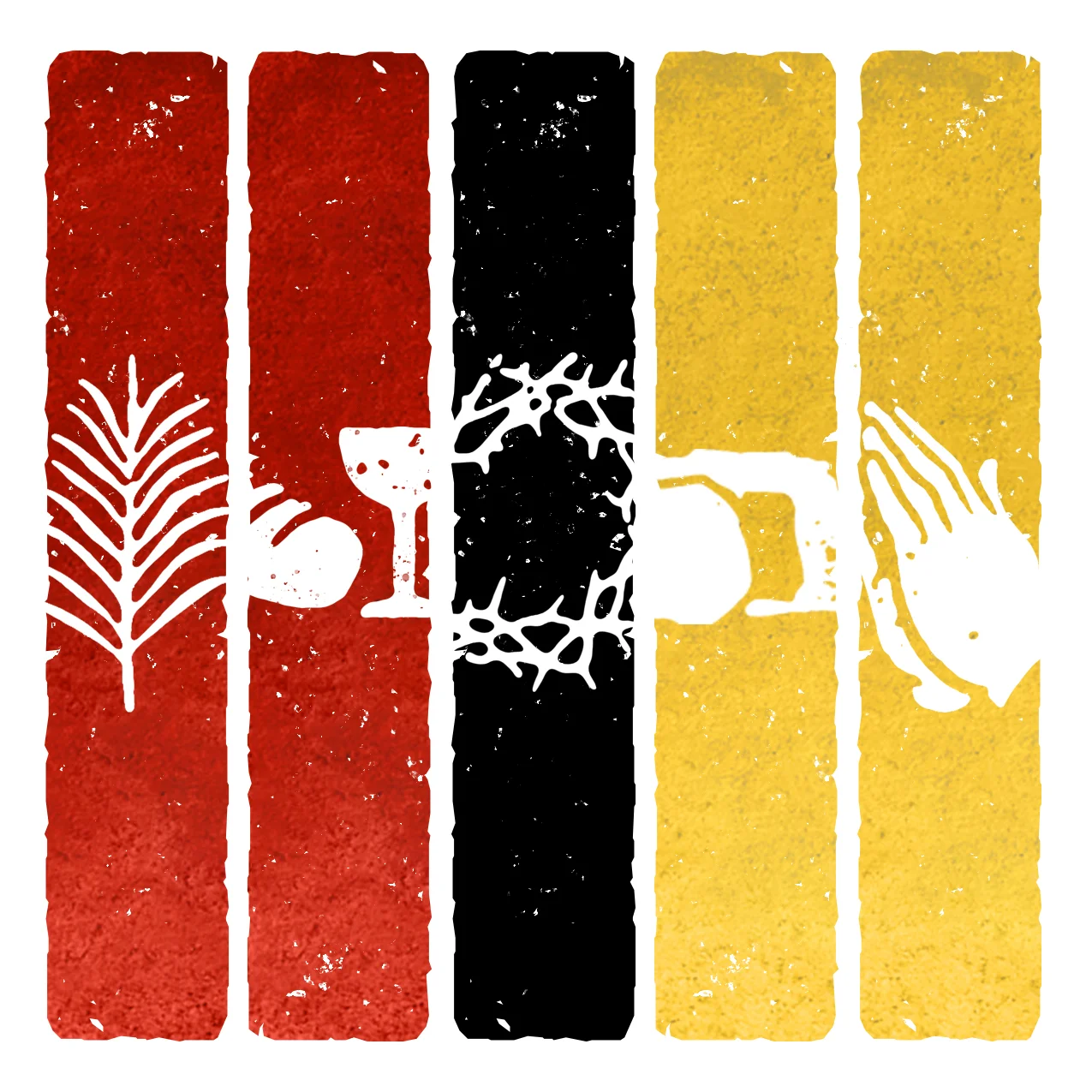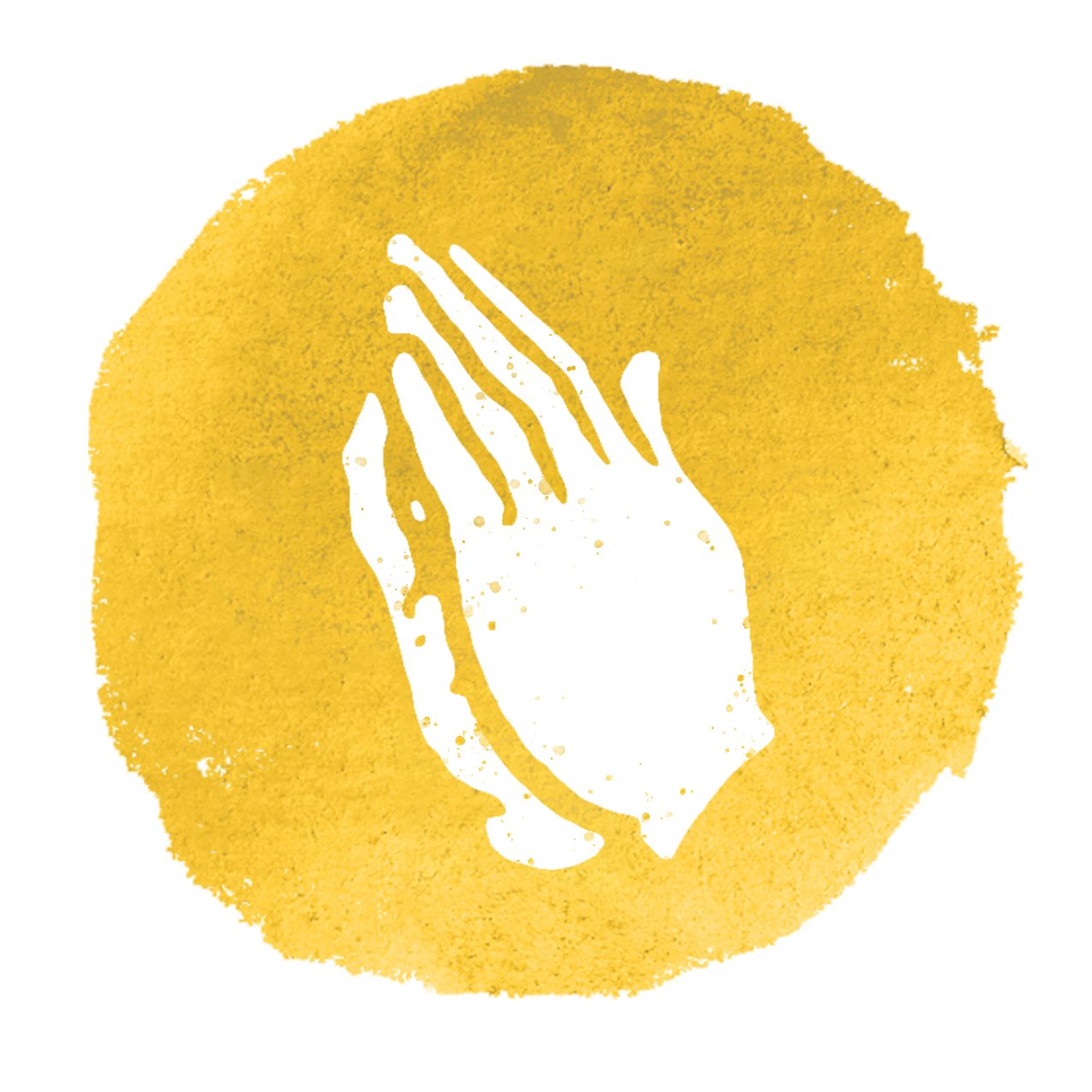It’s intense and only once a year. What is going on?
For Christians, the most important week of the year is Holy Week—the name we give the final and ultimate week of Jesus’ earthly life.
We don’t so much study that week as enter it. The celebration of Holy Week began in the 4th century, as Christians in Jerusalem wanted to worship Christ in the exact places where he had been, to retrace his steps during those momentous events. Therefore, our worship during Holy Week is tactile, often primal—waving palm fronds, touching a wooden cross, lighting a candle, washing feet, dancing, ringing bells. (This is also why it’s a great week for kids. They often enter this worship better than we do.)
We celebrate Holy Week as one unified week, one giant wave rising and cresting and carrying us toward the shore. We aren’t used to thinking this way. Most folks I know grew up viewing Maundy Thursday as wholly optional, Good Friday as a funeral service, and Easter Vigil as that weird thing Anglicans do. Actually, those 3 services are 1 joint service. We don’t “end” the service after Thursday or Friday; there is no closing hymn, no recessional, no dismissal. We simply allow you a break to go home and sleep, then come back to continue in worship.
And now a few pastoral and practical words for each service:
Liturgy of the Palms: Service of the Passion
As the service starts, we are the crowd along the road into Jerusalem, waving palm branches and singing to welcome Jesus as he enters Jerusalem as King. (Dress warmly, since this part of our service goes outside.) Back in the Sanctuary, we hear the Passion reading—the account of Jesus’ trial and crucifixion. Now we are the crowd that turns against Jesus, shouting “Crucify him!” (Join in loudly at this part of the reading. If it feels jarring, that’s the idea.)
Maundy Thursday
The word “maundy” comes from “mandate,” because on the Thursday night before he died, Jesus gave his followers a mandate: “Love each other just as much as I love you” (John 13:34). In this service, we are the disciples, and we see how much Jesus loves us: (1) He washes our feet (wear socks and shoes easy for you to remove); (2) He gives us his life in the Last Supper; (3) He prays in agony in Gethsemane until he can take on the suffering for our sake (you’re invited to stay and pray, as the disciples were invited by Jesus to pray with him.)
Good Friday
Christians call this disastrous day in Jesus’ life—an event of government-sponsored torture and public execution—“good.” In what possible way could “Good Friday” be good? Because a greater plan was at work. Several times Jesus predicted that he would be betrayed, tortured, and killed (Luke 9:22; 9:44; and 18:31-33)—and, incredibly, this was part of God’s plan (Luke 22:22) and the reason Jesus came (John 12:27-28). Therefore, our worship is somber but not funereal. As Ellen Richard Vosburg has written, “This is not a somber recapitulation of Jesus' death, but rather a thankful and reverently joyful recollection of his death that gave us life.” On Good Friday, we are eyewitnesses of Jesus’ suffering and death. We hear and participate again in the Passion narrative. And we spend time in prayer at a wooden cross, taking in that God would love us enough to suffer this for us.
The Great Vigil of Easter
In the early church, new believers could not receive the sacred mystery of Communion until they had been taught and trained. The final night of their training was the night before Easter. They would stay awake all night. At dawn, as the Easter sunrise began to light the sky, they would be baptized and put on white robes. That’s how the Easter Vigil began.
Like those early believers, we spend a long time in worship (so bring water and maybe a power bar). The service comes in 4 parts:
Service of Light: a new fire is kindled, and from it the Paschal Candle (meaning Easter Candle) is lit, symbolizing Christ, the light of the world. We share in that light by lighting our own candles (When lighting candles, tip only the unlit candle).
Service of Lessons: we hear how God saved his people in ages past and respond with songs and prayers. That culminates in the Acclamation that “Jesus is risen!” which is shouted and celebrated. (Bring a bell to ring!)
Baptism: we baptize new believers and also renew our own baptismal vows (which includes the sprinkling of baptism water on the congregation, so if you wear glasses, you might want to remove those for that brief time).
Communion: we celebrate the victory of Life over Death in this holy feast and continue the celebration with singing and dancing (wear comfortable shoes).
Easter Sunday
Our joy continues with singing and Communion—this year, an Agape-style Communion around tables. And we share a leisurely brunch with one another, enjoying community and thanking God for all he has done among us during Holy Week. (You’ll be tired, so enjoy some coffee, and if you can, go home and take a nap.)
Thanks to Erik Peterson for the Holy Week graphics.
Kevin Miller was editor and vice-president at Christianity Today for 26 years and then associate rector at Church of the Resurrection for 5 years. He has been the rector at Savior since January 2017, and is also the co-founder of PreachingToday.com and CTPastors.com.







